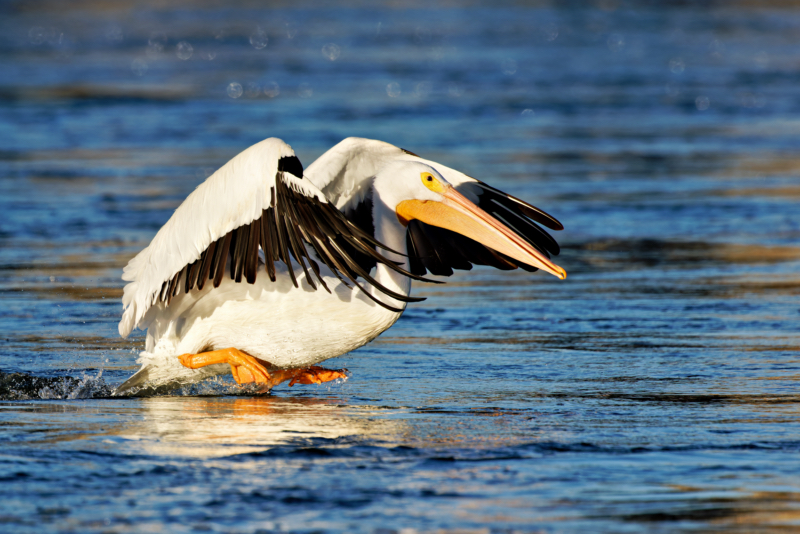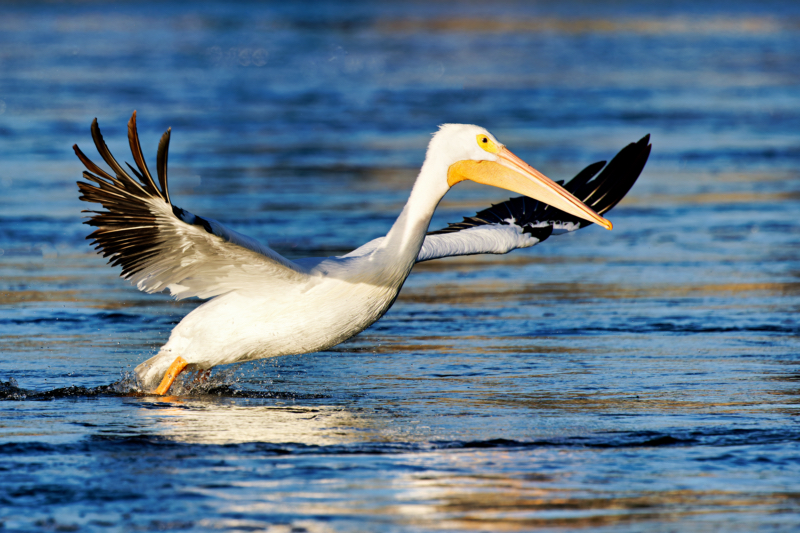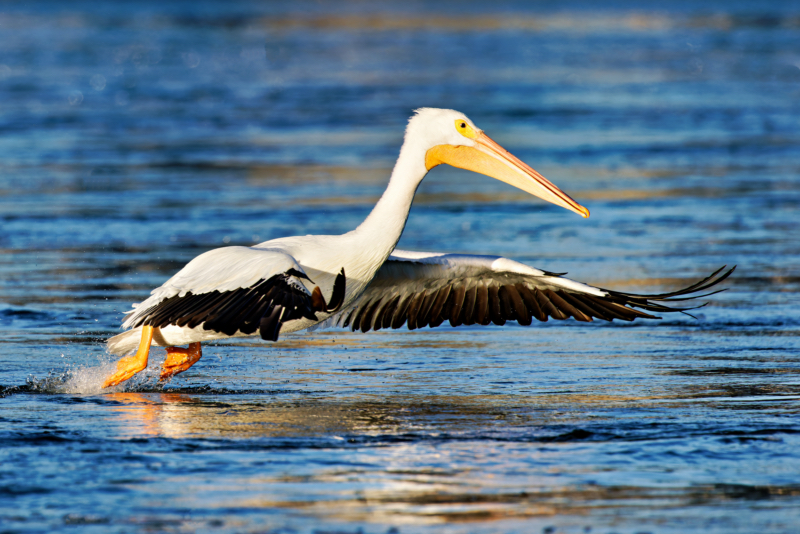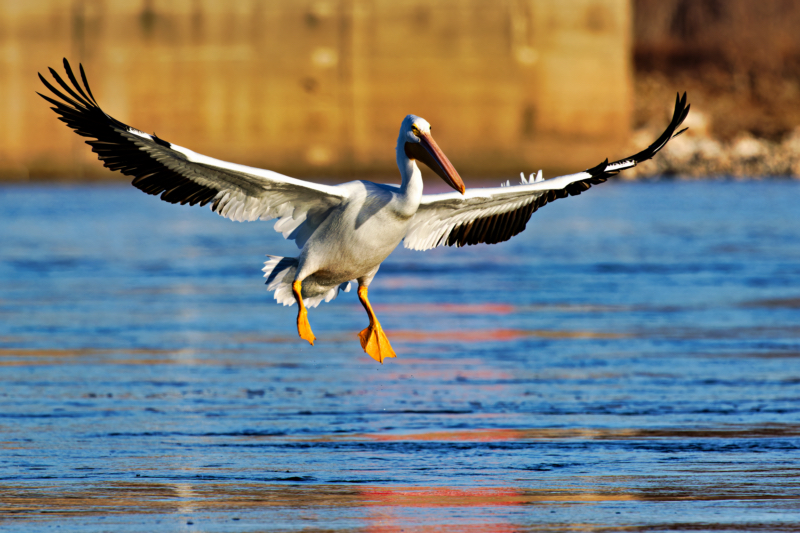American White Pelicans, once on the brink of endangerment in Washington, faced habitat loss, human disturbance, and pesticide contamination. Their numbers fell hard through the first half of the 20th century. The story of American White Pelican population recovery begins in the 1970s, when protective measures helped colonies rebound. By 2014, western breeding adults reached an estimated 42,692.

Historic Pressures on Pelican Populations
The challenges faced by the American White Pelicans were significant, especially in Washington. Factors such as habitat loss, largely driven by human activities, posed a severe threat to their existence. Human disturbance and pesticide contamination further exacerbated their plight, pushing them towards endangerment.

Conservation Efforts Behind the Recovery
The conservation efforts and protective measures implemented over the years have borne fruit. The total population of American White Pelicans has experienced a remarkable upswing, signaling a positive shift in their overall status. This is a testament to the success of conservation initiatives and increased awareness regarding the importance of preserving their habitats.

Population Resurgence Across the West
In 2014, the count of breeding adults in western colonies reached an encouraging 42,692. This substantial increase reflects the resilience of the American White Pelican population, showcasing their ability to rebound when provided with the right conditions and protection.
Remaining Challenges for Long-Term Stability
Despite this positive trend, it’s crucial to acknowledge that the species is not completely out of the woods. The American White Pelican remains sensitive to habitat loss and human disturbance, emphasizing the need for continued conservation efforts. While they might not be classified as rare on a national scale, localized populations, especially in areas like Washington, still confront conservation challenges.

What Their Recovery Teaches Us
The story of the American White Pelicans is one of resilience and successful conservation efforts. While their status has improved significantly, it is essential to remain vigilant and committed to addressing ongoing threats. By understanding their historic struggle and celebrating their resurgence, we contribute to the broader conversation about wildlife conservation, ensuring a brighter future for these magnificent birds.
